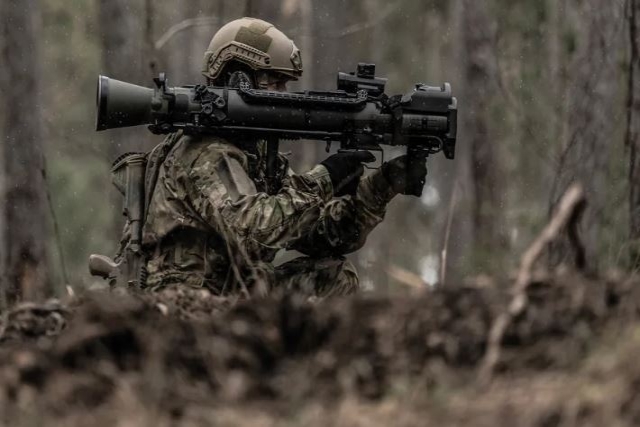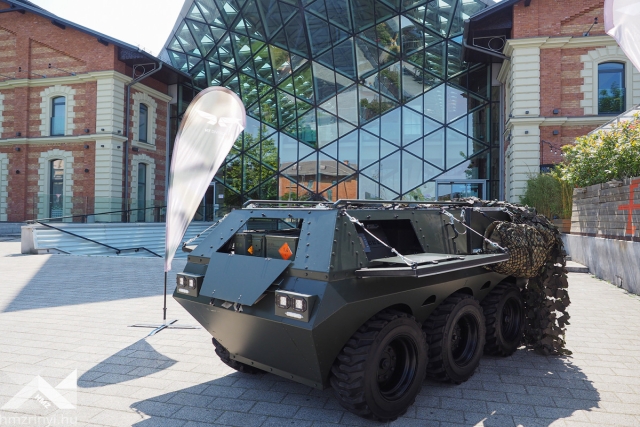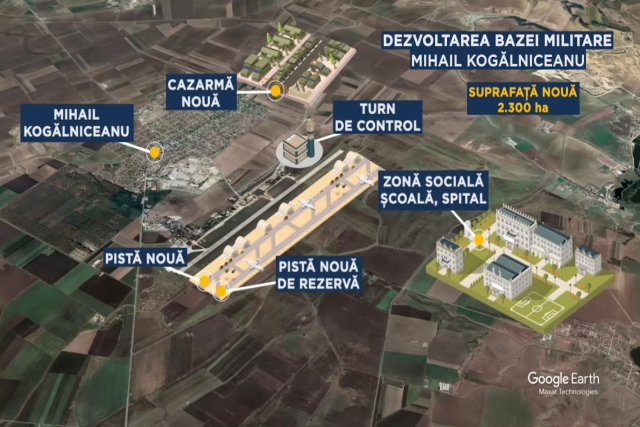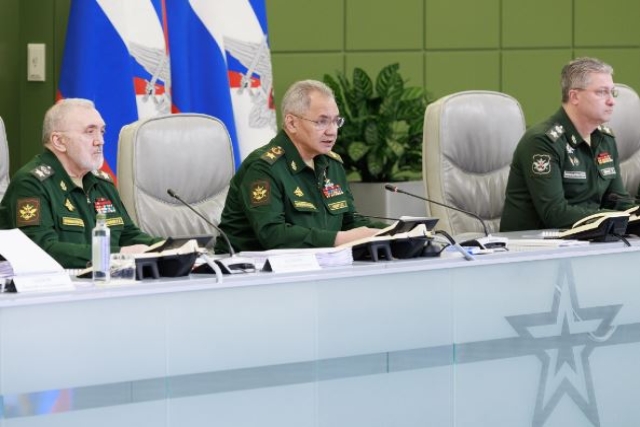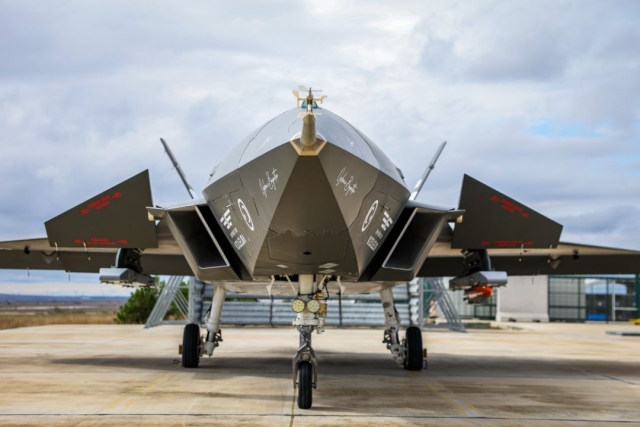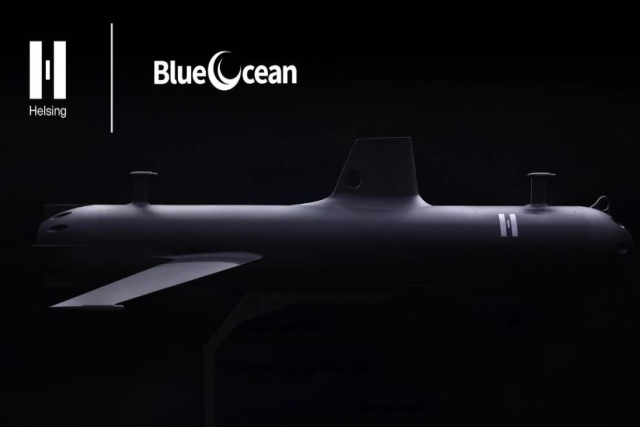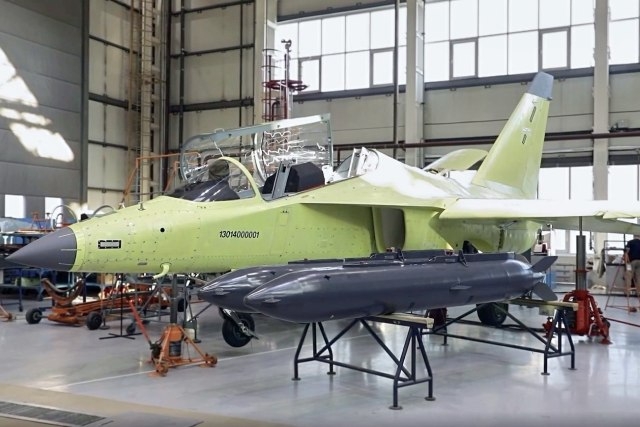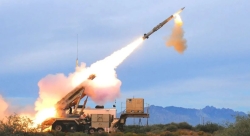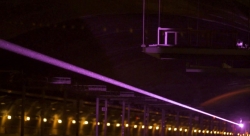French Aircraft Carrier to be Deployed in Mediterranean Under NATO Command
Charles de Gaulle, accompanied by air-defense & multimission frigates, and nuclear attack submarine, will begin deployment in the Mediterranean on April 22, 2024
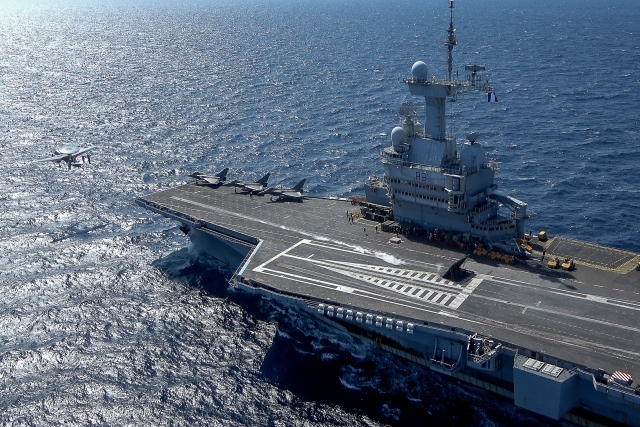
France's aircraft carrier Charles de Gaulle and its strike group will operate under NATO command in the Mediterranean Sea for the first time.
This deployment follows the carrier's return to service after undergoing maintenance last year.
Rear Adm. Jacques Mallard, commander of the French carrier strike group, announced that the Charles de Gaulle, accompanied by a French air-defense frigate, a multimission frigate, and a nuclear attack submarine, will begin a deployment in the Mediterranean on April 22. The escort will include vessels from the United States, Spain, Greece, Italy, and Portugal.
French aircraft and vessels have previously operated under NATO direction, but the carrier strike group has typically been under national command until now.
The deployment under NATO command aims to demonstrate solidarity with other NATO members and familiarize the French Navy with NATO's operational procedures.
The primary objectives of the deployment are to enhance the defensive and deterrent capabilities of the alliance, support operations promoting regional stability in the central and eastern Mediterranean, and foster interoperability among allied forces.
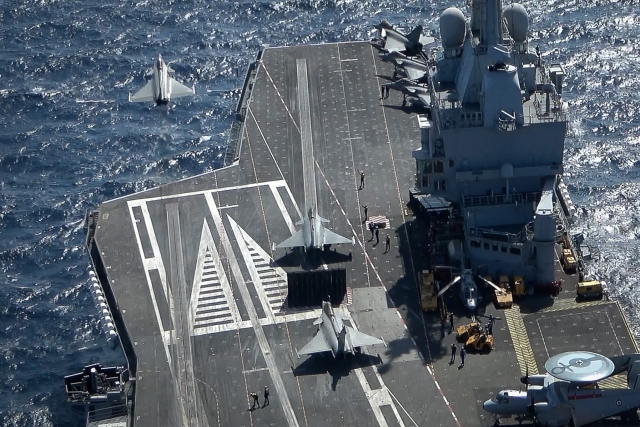
During the mission, known as Akila, the Charles de Gaulle will carry approximately 18 Rafale jets, two E-2C Hawkeye airborne early-warning aircraft, and two Dauphin helicopters. The accompanying frigates will each carry a helicopter for surface- or submarine-warfare missions.
The strike group will report to Naval Striking and Support Forces NATO in Oeiras, Portugal, for approximately two weeks during the mission.
Mallard declined to disclose details about the escort ships accompanying the Charles de Gaulle, emphasizing the French Navy's strategy of concealing ship identities to confuse potential adversaries.
Additionally, the strike group may collaborate with the Standing NATO Maritime Group in the Mediterranean and participate in NATO air-defense and defensive missions over Poland and Romania.
The Charles de Gaulle, with a crew of about 1,200, underwent maintenance last year and is expected to remain operational until 2038, when it will be succeeded by next-generation nuclear-powered carrier PANG. France plans to commence construction on this successor in the coming years.
